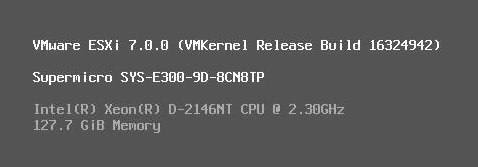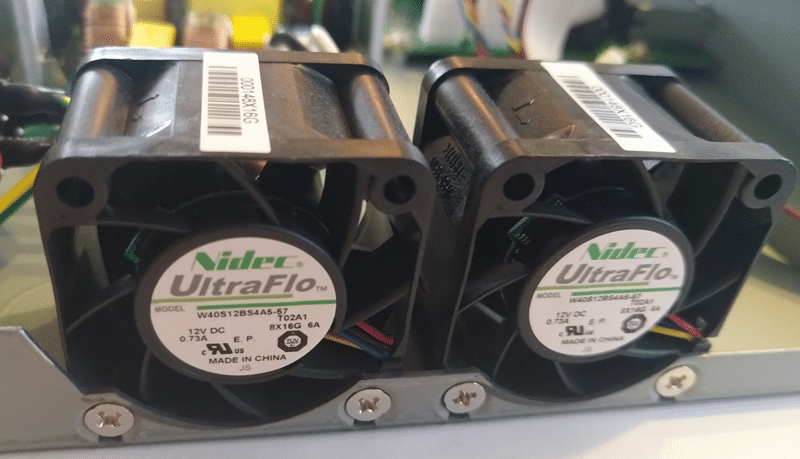Patch build 16324942 for ESXi 7.0 has been released on June 23rd 2020. It will raise ESXi 7.0 GA to ESXi 7.0b. As usual I’m patching my homelab systems ASAP. As all hosts are fully compliant with HCL, I chose a fully automated cluster remediation by vSphere Lifecycle Manager (vLCM).
The specs
| Server | SuperMicro SYS-E300-9D-8CN8TP |
| BIOS | 1.3 |
| ESXi | 7.0 GA build 15843807 (before) / 7.0b build 16324942 (after) |
| HCL compliant | yes |
During host reboot I realized a temperature warning LED on the chassis. A look into IPMI revealed a critical CPU temperature state. Also the fans responsible for CPU airflow ran at maximum speed.

As you can see, system temperature was moderate and fans usually run at low to medium speed under these conditions. Air intake temperature was 25°C.

My ESXi nodes rebooted with the new build 16324942 and there were no errors in vLCM. But I could hear there’s somethin wrong. A fan running at speed over 8000 RPM will tell you there IS something to look after. Also the boot procedure took much longer than usual.

I quickly shut down the whole cluster in order to avoid a core meltdown.
Continue reading “Strange thermal Issue after Update to ESXi 7.0b”


